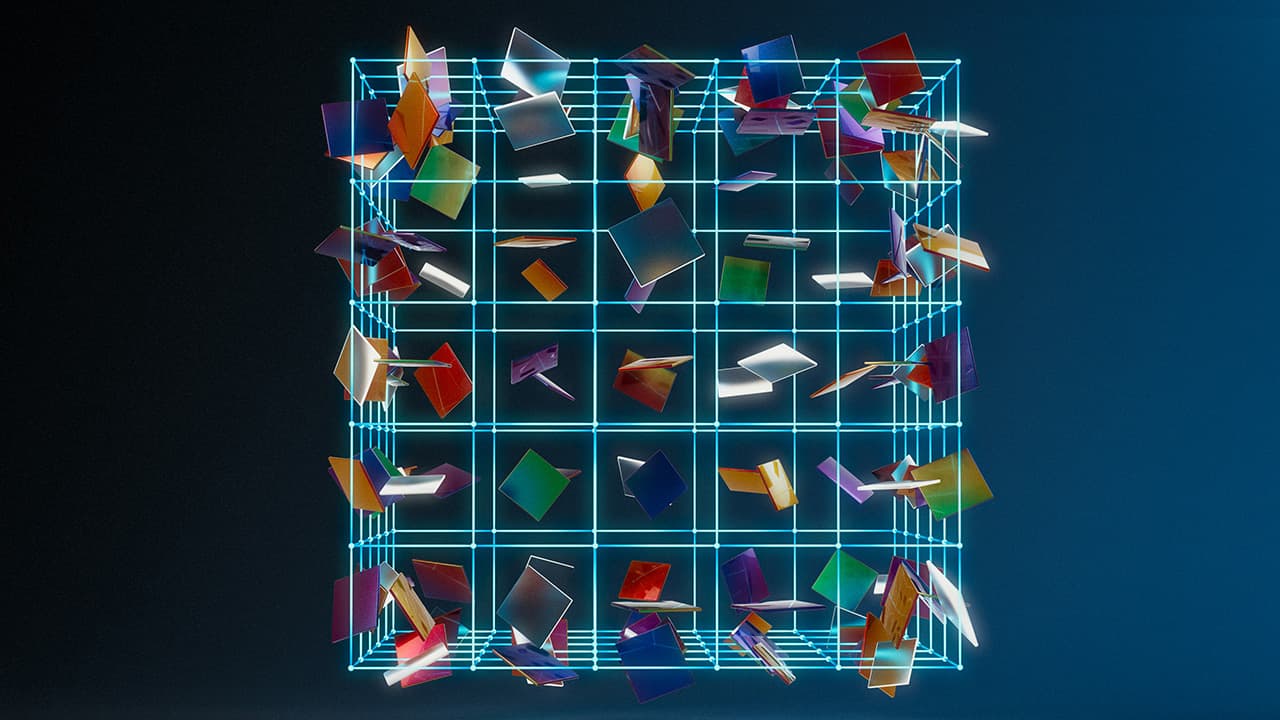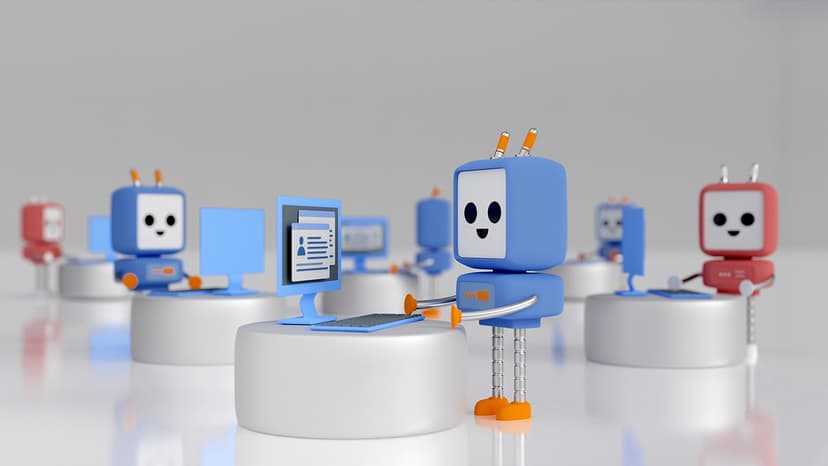How GPU Clusters Supercharge Large-Scale Language Model Training
Imagine harnessing the power of the universe to decode human language—a feat that seems magical but is made possible through the computational prowess of GPU clusters. These clusters are the workhorses behind training large-scale language models, efficiently processing vast amounts of data to produce coherent, intelligent responses. But what exactly makes GPUs the go-to hardware for this task? Let’s dive into the details and uncover the secrets behind their efficiency.
What is a Language Model?
Before we explore the technology, it's important to understand what a language model is. At its core, a language model is a type of artificial intelligence that has been trained to understand and generate human language. These models can predict the next word in a sentence, generate entire paragraphs of text, translate languages, and even answer complex questions—all by analyzing patterns in vast datasets of text.
Why Are GPUs Essential for Training?
Training a language model involves processing enormous datasets and performing complex mathematical computations. This is where GPUs (Graphics Processing Units) come into play. Originally designed to render graphics in video games, GPUs excel in tasks that require parallel processing, making them ideal for the matrix operations used in language model training.
Key Benefits of Using GPUs:
-
Parallel Processing Power: Unlike CPUs, which excel in sequential processing, GPUs are designed to perform many tasks simultaneously. This capability is crucial for training language models, as it allows the model to process thousands of data points at once, significantly speeding up training times.
-
High Throughput: GPUs can handle multiple operations per clock cycle, which is essential for the large-scale computations required in deep learning. This high throughput is a key factor in reducing the overall training time of a language model.
-
Energy Efficiency: Despite their computational power, GPUs are generally more energy-efficient than CPUs for tasks like training neural networks. This efficiency not only reduces energy costs but also minimizes the environmental impact of training large models.
The Training Process on GPU Clusters
Training a large-scale language model is a complex process that involves several steps, each of which can be optimized using GPU clusters. Here’s a closer look at how it all comes together:
1. Data Preprocessing
Before any training can begin, the data must be preprocessed. This involves cleaning, normalizing, and structuring the raw text data. One crucial step is tokenization, where the text is broken down into smaller units (tokens), such as words or subwords. Preprocessing on GPU clusters allows these tasks to be performed in parallel, ensuring that large datasets are ready for training without unnecessary delays.
2. Network Architecture
The architecture of the neural network is the blueprint that dictates how the model will learn. Modern language models like GPT-3 use Transformer architectures, which are particularly well-suited to understanding context through mechanisms like self-attention. These architectures are computationally intensive, but GPUs are capable of efficiently handling the multiple layers and complex calculations involved in training these models.
3. Distributed Training
Training large language models requires more computational power than a single GPU can provide. This is where distributed training comes in. By leveraging clusters of GPUs, the workload can be divided and conquered through techniques like Data Parallelism and Model Parallelism:
-
Data Parallelism: The training dataset is split across multiple GPUs, each of which processes its own subset of data. After processing, the results are combined to update the model’s parameters.
-
Model Parallelism: Different parts of the model are allocated to different GPUs. This is particularly useful for extremely large models that cannot fit into the memory of a single GPU.
4. Gradient Accumulation
Even with multiple GPUs, the memory required for training large models can exceed available resources. Gradient accumulation helps mitigate this by allowing gradients (the values used to update the model) to be accumulated over several mini-batches before being applied. This technique reduces memory usage without compromising training effectiveness.
5. Mixed Precision Training
To further enhance efficiency, mixed precision training is often used. By performing calculations at lower precision (16-bit instead of 32-bit), models can be trained faster and with reduced memory consumption. NVIDIA’s Apex library is commonly used to implement mixed precision training, making it a standard practice in the industry.
6. Optimizers
The choice of optimizer can have a significant impact on how quickly and effectively a model learns. Optimizers like Adam are popular because they adjust learning rates on the fly, helping to accelerate the training process. Efficient use of optimizers on GPUs ensures that the model converges faster, reducing the overall training time.
Industry Leaders in Efficient Training
Several companies are at the forefront of optimizing GPU-based training for language models:
- OpenAI: The creators of GPT-3, OpenAI have made significant strides in language modeling, tweaking their training processes to make them more efficient.
- NVIDIA: Known for their powerful GPUs, NVIDIA also provides software tools and libraries aimed specifically at optimizing deep learning training.
- Google: With their Tensor Processing Units (TPUs) and various open-source frameworks like TensorFlow, Google is another titan in this arena.
The Future of Language Model Training
The field of language model training on GPU clusters is constantly evolving. Innovations like Federated Learning, which enables training across decentralized devices while maintaining data privacy, and the potential of quantum computing, which could revolutionize computational capabilities, are on the horizon.
As we look ahead, the efficiency of training large-scale language models will continue to improve, driven by advancements in GPU technology and innovative training techniques. The magic of language models, powered by GPU clusters, is set to become even more powerful and accessible.












